From Moscow's Luzhniki to Stalingrad's Volgograd Arena, look at Russian stadiums set to host football's biggest event
The 12 stadiums that will host World Cup matches range from gigantic arenas with over 80,000 seats to modest 35,000 seaters, and are located in 11 cities.
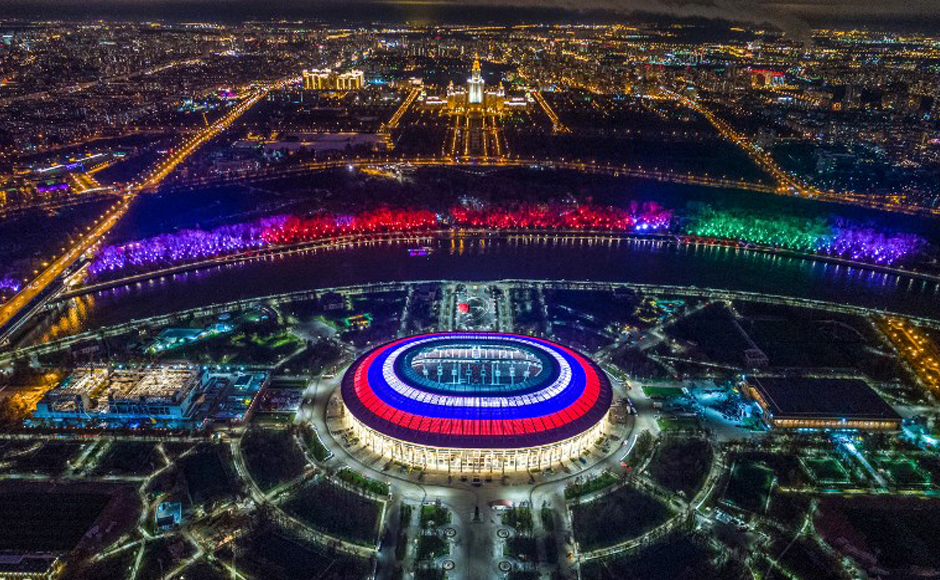)
Luzhniki Stadium: A vast bowl built in the 1950s showcasing the sporting might of the Soviet Union. Luzhniki has been transformed to host the World Cup final. The old stands were pulled down and the athletics track from the 1980 Olympics were taken out as the stadium was converted into a football-specific venue. AFP
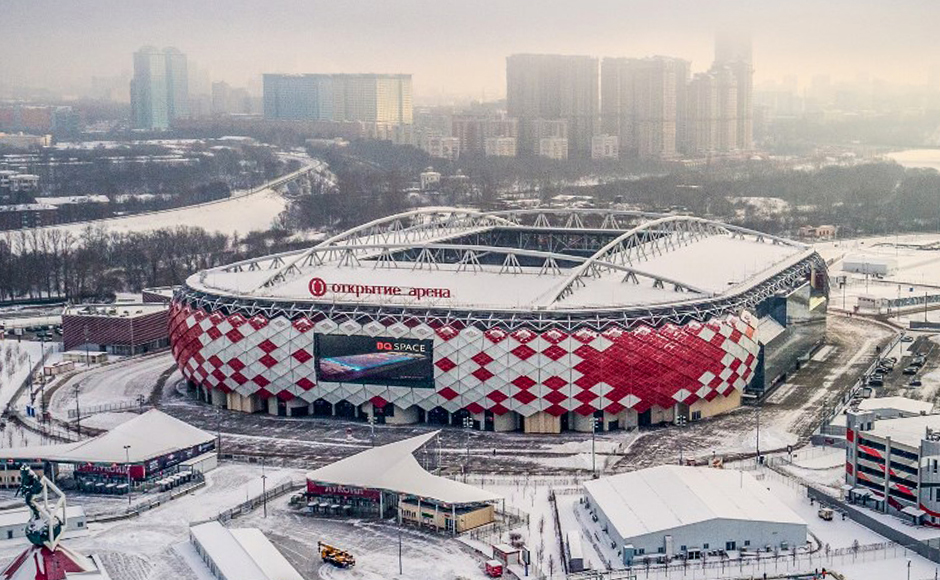)
Spartak Stadium: Home of the 2017 Russian Premier League champion Spartak Moscow, the stadium opened in 2014 and has hosted Champions League and Confederations Cup games. The towering statue of a gladiator outside is a nod to Spartak being named after the Roman slave rebel Spartacus. AFP
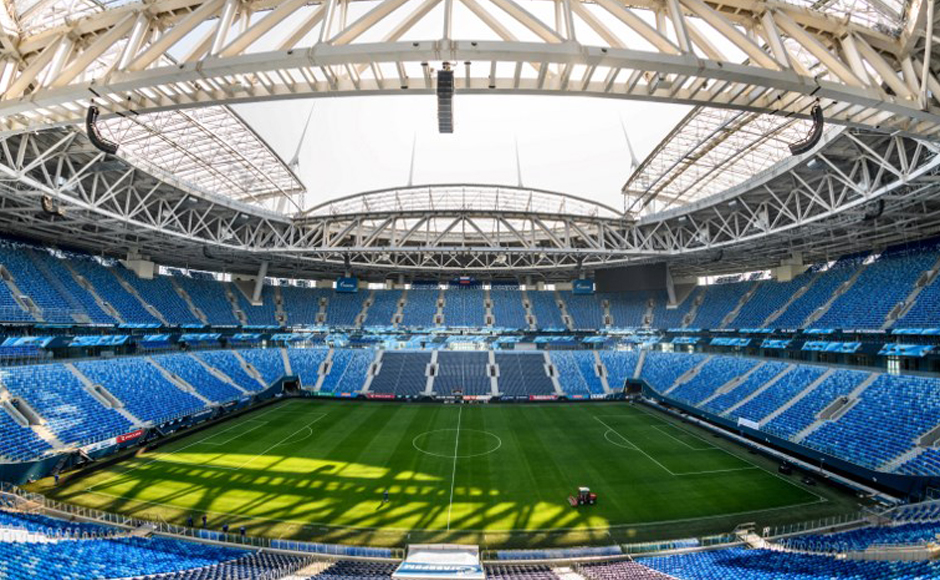)
St. Petersburg Stadium: Almost everything that could go wrong did go wrong with the St Petersburg’s Zenit Arena. After several delays and soaring costs hampered the project, which later became infamous for employing North Korean laborers in unhealthy environment. The spaceship-like arena — which will host a semifinal — remains plagued by a leaking roof and a pitch which had to be replaced repeatedly. AFP
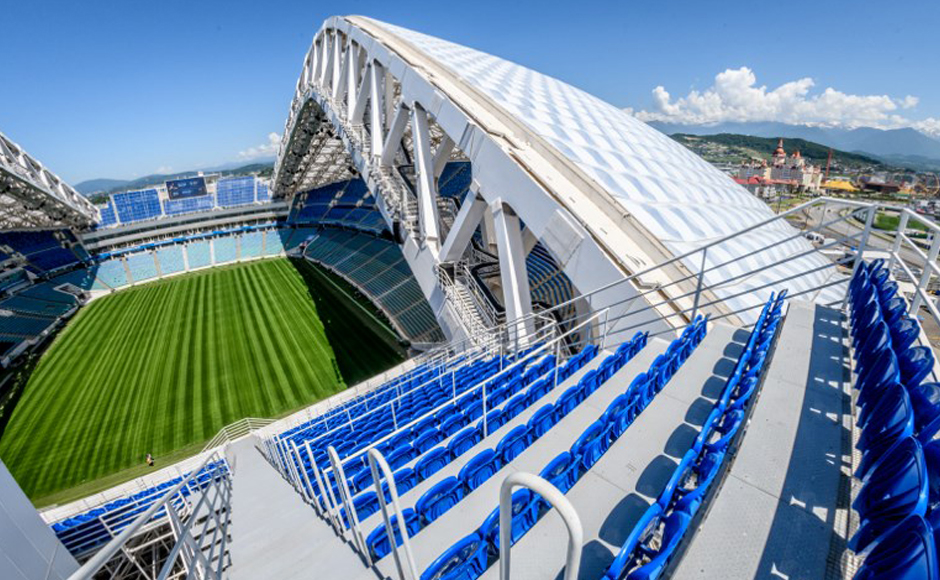)
Fisht Stadium: Nestled by the Black Sea, Fisht Stadium hosted the lavish opening and closing ceremonies for the 2014 Winter Olympics, and then the Confederations Cup games. How that Olympic legacy continues after the World Cup isn’t clear; Sochi doesn’t have a football club to use the stadium. AFP
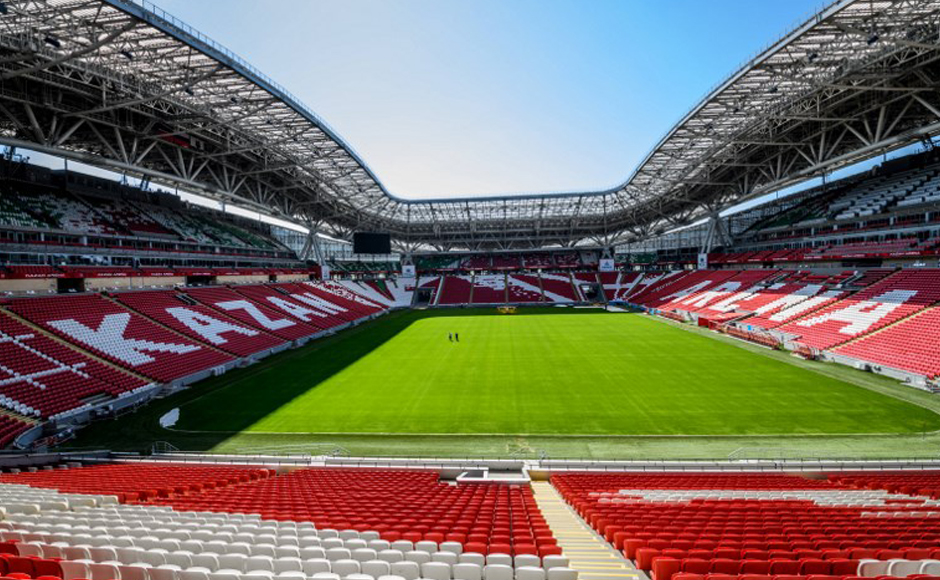)
Kazan Arena: Opened in 2013 as the first of Russia’s new generation of football stadiums and was used as the prototype for the other new arenas. A versatile venue which has hosted Confederations Cup football, ceremonies, and even the 2015 world swimming championships, where a temporary pool was installed. AFP.
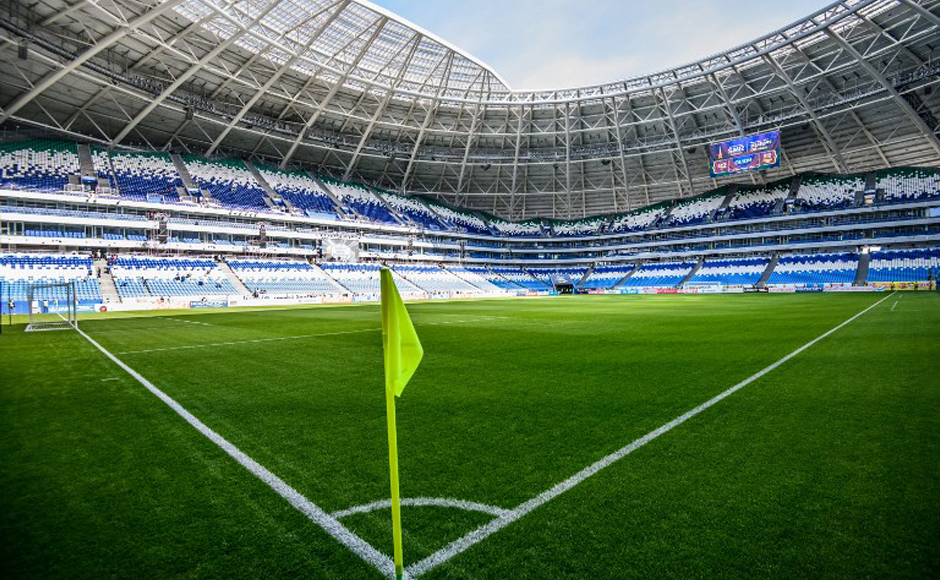)
Samara Arena: This stadium in the Volga River city of Samara was an ambitious project that narrowly finished on time for the upcoming World Cup. Its ambitious design — a glass dome evoking Samara’s history as a center of the Russian space program — needed extra time to build that was finally opened in April. AFP
)
Nizhny Novgorod Stadium: With a roof which seems to float atop white columns, the Nizhny Novgorod Stadium has one of Russia’s more impressive designs and will host a quarterfinal. It also offers fans views of the Oka and Volga rivers which meet in Nizhny Novgorod, a historic city located around four hours east of Moscow. AFP
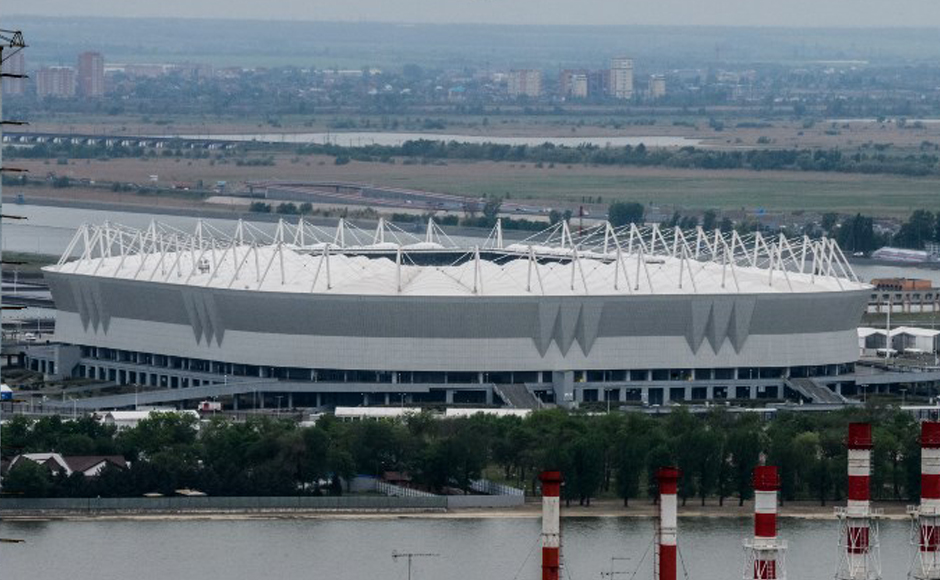)
Rostov Arena: The stadium sits on the bank of the Don river and is planned to become the center of a vast new housing and leisure development after the World Cup. When the tournament is over, the stadium will be the new home of FC Rostov, which beat Bayern Munich in the Champions League group stage in 2016 but has since slipped back into the middle of the Russian standings. AFP
)
Volgograd Arena: In the city once known as Stalingrad, every spot has wartime history, and the stadium is no different. During its construction, the workers had to deal with unexploded munitions and soldiers’ corpses from the Battle of Stalingrad. The stadium sits at the foot of Russia’s best-known World War II memorial. AFP.
)
Ekaterinburg Arena: Even before it opened, the stadium in the Ural mountain city of Yekaterinburg was famous for its unusual design. In an attempt to keep the costs down, the stadium is home to 12,000 temporary seats. However, those seats are on vast towers of scaffolding over the walls of the main stadium, which could be vertigo-inducing experience for spectators seated in top row. AFP
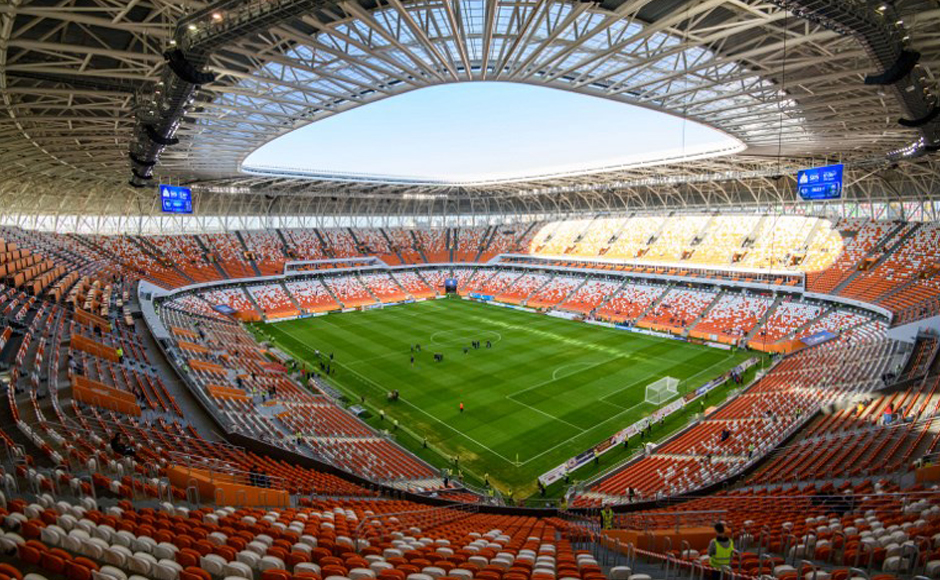)
Mordovia Arena: With a population of just 300,000, Saransk was a surprise choice as a host city. Many fans arriving for the World Cup won’t be staying in hotels — Saransk simply doesn’t have enough — but on campsites or in newly finished apartment blocks which will up for sale after the tournament. AFP
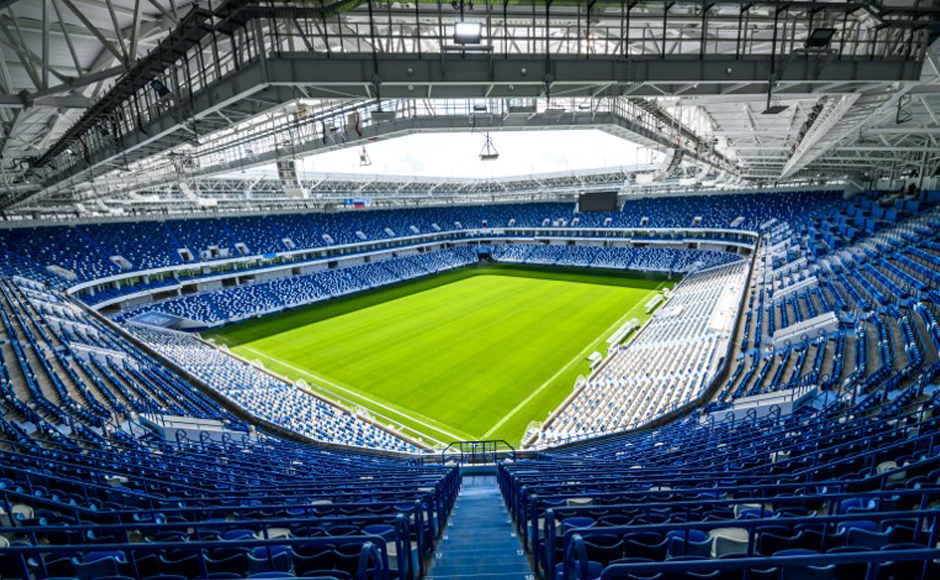)
Kaliningrad Stadium: Kaliningrad is the capital of a sliver of Russian land cut off from the rest of the country and sandwiched between Poland and Lithuania. The stadium is a compact, modest design which has been built quickly. There have been repeated allegations of corruption involving the stadium, including several arrests. AFP


)
)
)
)
)
)
)
)



